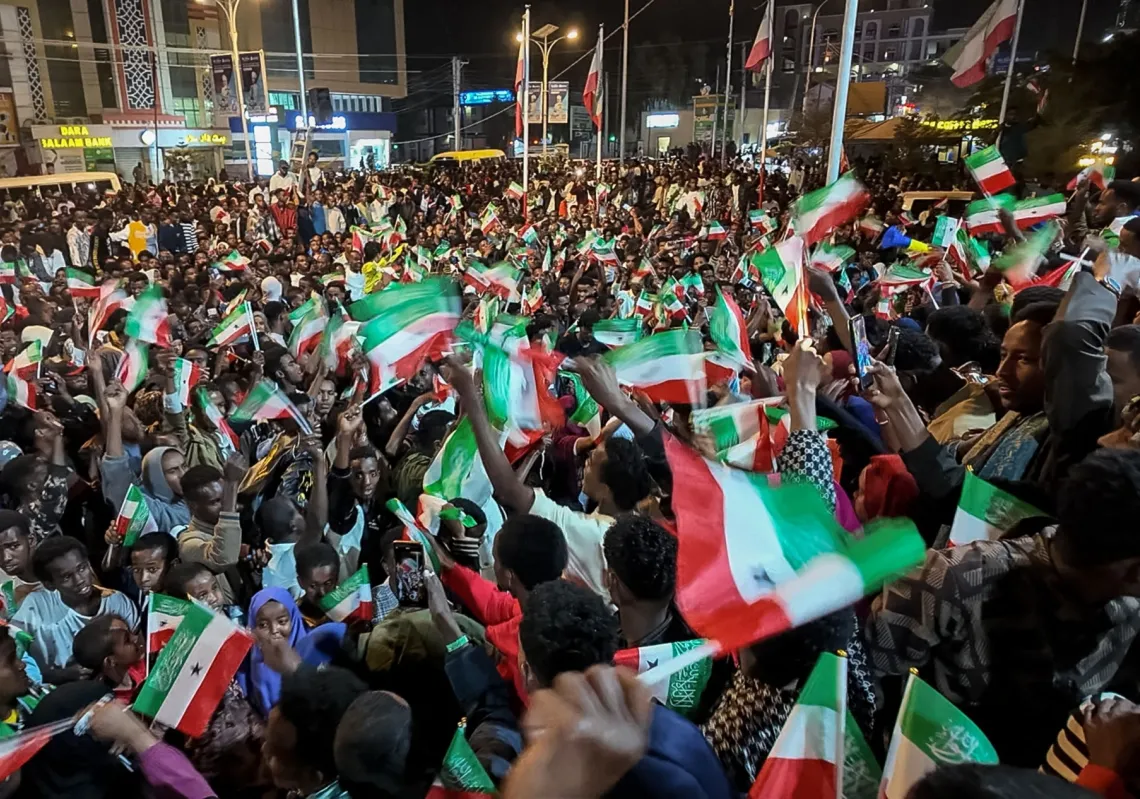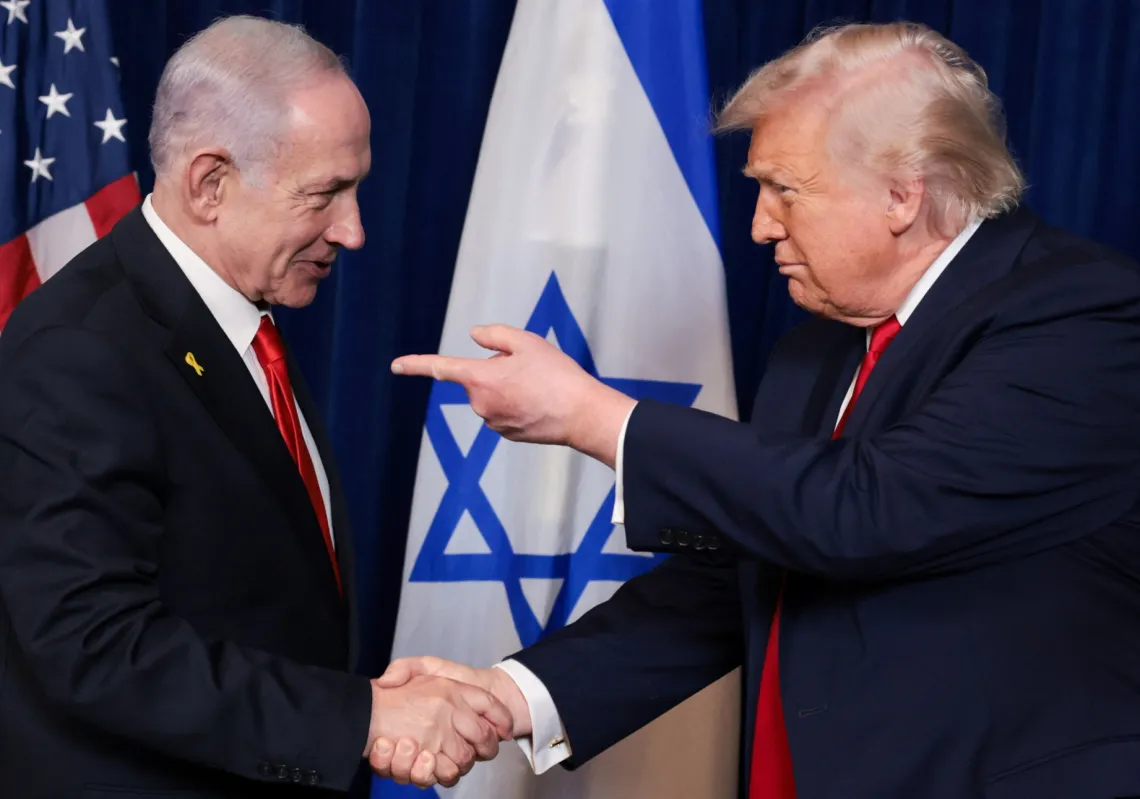When he was killed in a suspected Israeli strike in southern Beirut, deputy chairman of Hamas's political bureau and Hamas's military commander of the West Bank, Saleh al-Arouri, had long been at the top of Israel’s “most-wanted” list.
The powerful deputy of Hamas’s politburo was a “rising star” among the group and a man with an extensive network of contacts both within the Palestinian factions and Iran’s so-called “Axis of Resistance”.
Even before Hamas attacked Israel on 7 October, al-Arouri had a target on his back. One of the co-founders of Hamas’s al-Qassam Brigades, he had positioned himself as a key point of contact between Hamas and Iran after being forced into exile in 2010.
Al-Arouri was instrumental in bridging the divide between the Palestinian group and the Islamic Republic in the wake of the Syrian civil war when Hamas sided with the opposition to Bashar al-Assad— a key ally of Iran.
He was also suspected of being behind an escalation in the West Bank, using his contact in Tehran and his network in the West Bank, where he was born, to funnel Iranian weapons to local groups willing to fight Israel.

Notably, while the Palestinian scene is often marked by factionalism, al-Arouri was happy to work with other armed groups who are not necessarily aligned with Hamas — groups less interested in ideological divides — than in fighting Israel.
A man of (deadly) vision
Al-Arouri joined Hamas almost as soon as it was founded. Yet, he was not one of the old guards who failed to understand the underlying changes pushing segments of the Palestinian youth to embrace violence. He was a man of “vision” (a deadly one, to be sure) — one that saw Israel increasingly surrounded by powerful enemies, acting in coordination.
Al-Arouri realised that the geographic and mental divide between the West Bank and Gaza needed to be broken and that these two “arenas,” as he called them, needed to converge.



















